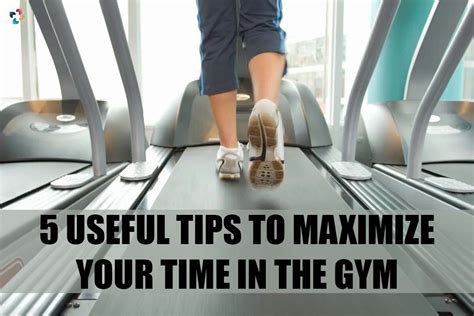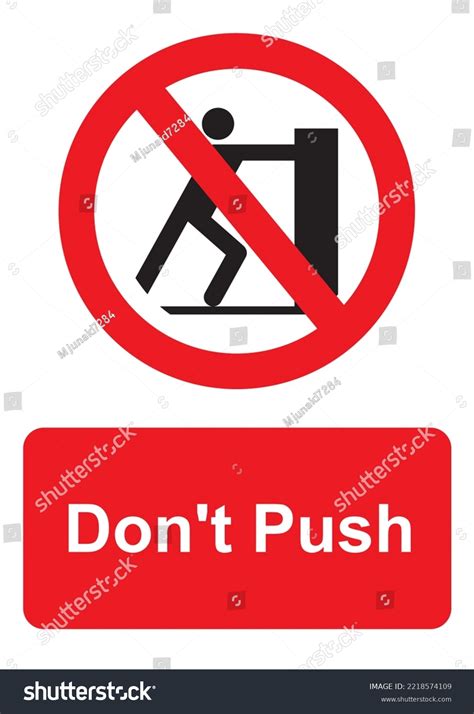Essential prehab exercises to prevent common lifting injuries for peak performance?
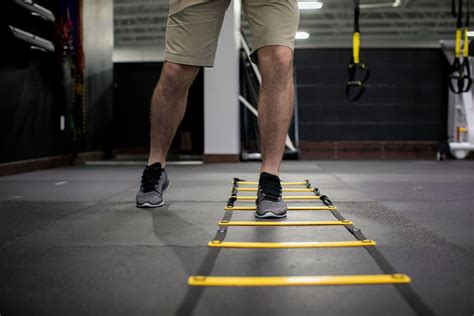
Why Prehab is Your Secret Weapon for Lifting Longevity
In the pursuit of strength and peak physical performance, many lifters focus intensely on pushing boundaries, often overlooking a critical component of sustainable progress: prehabilitation (prehab). Prehab isn’t just for athletes recovering from injury; it’s a proactive approach to fitness that systematically addresses potential weaknesses and imbalances before they manifest as painful, performance-derailing injuries. By integrating targeted exercises into your routine, you can fortify your body’s most vulnerable joints and muscles, ensuring a longer, more effective, and injury-free lifting career.

Understanding Common Lifting Injuries
Lifting, while incredibly beneficial, places significant stress on the musculoskeletal system. Without proper preparation, certain areas become hotspots for injury. These commonly include:
- Shoulder Impingement & Rotator Cuff Issues: Often caused by poor overhead mechanics, muscle imbalances, and insufficient warm-up.
- Lower Back Pain: A prevalent complaint, frequently stemming from weak core muscles, improper lifting form (especially deadlifts and squats), and tight hips.
- Knee Tendinitis & Patellofemoral Pain: Can result from weak glutes, tight quads, or biomechanical issues during squats and lunges.
- Elbow & Wrist Tendinitis: Common in pushing and pulling movements, exacerbated by grip strength issues and repetitive strain.
Targeted Prehab Exercises for Injury Prevention
Here’s a breakdown of essential prehab exercises, categorized by the areas they protect, designed to fortify your body against the most common lifting woes.
For Shoulder Stability & Health
The shoulders are complex and highly mobile, making them susceptible to injury. Strengthening the rotator cuff and surrounding scapular muscles is paramount.
- Band Pull-Aparts: Focuses on scapular retraction and external rotation. Hold a resistance band with hands shoulder-width apart, arms extended, and pull the band apart by squeezing your shoulder blades together.
- Face Pulls: Excellent for strengthening the rear deltoids, rhomboids, and external rotators. Use a cable machine or resistance band, pulling towards your face with elbows high.
- Pec Stretches: While not an exercise, stretching tight pecs helps improve shoulder posture and reduces anterior shoulder dominance.

For Core Strength & Lower Back Protection
A strong, stable core is the foundation of almost every lift, protecting your spine from excessive shear forces.
- Bird-Dog: Improves core stability and spinal control. From all fours, extend one arm forward and the opposite leg backward, maintaining a neutral spine.
- Dead Bug: Enhances anti-extension core strength. Lie on your back, knees bent, arms extended. Slowly lower one arm and the opposite leg towards the floor without arching your back.
- Side Planks: Targets the obliques and quadratus lumborum, crucial for lateral spine stability.

For Hip & Knee Resilience
Healthy hips and stable knees are vital for powerful and safe lower body movements like squats and deadlifts.
- Glute Bridges: Activates the glutes and hamstrings, improving hip extension. Lie on your back, knees bent, and lift your hips off the floor.
- Clamshells: Strengthens the hip abductors, particularly the gluteus medius, which helps stabilize the pelvis and knees. Lie on your side, knees bent, and open your top knee like a clamshell.
- Single-Leg RDLs (light weight): Improves hamstring strength, balance, and proprioception around the ankle and knee.
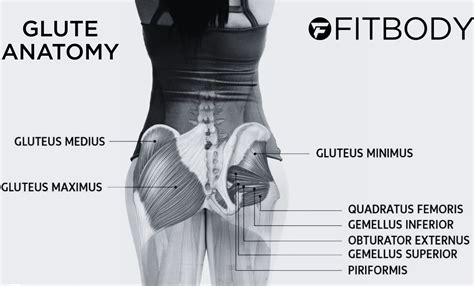
For Elbow & Wrist Care
Don’t neglect your distal joints; they bear significant load and impact.
- Wrist Curls & Extensions (light dumbbells): Strengthens the forearm flexors and extensors, crucial for grip and stability.
- Static Grip Holds: Improves overall grip strength. Hold a heavy dumbbell or hang from a pull-up bar for time.
- Forearm Pronation/Supination with Dumbbell: Helps with rotational stability around the elbow and wrist.
Integrating Prehab into Your Routine
Consistency is key. You don’t need to dedicate hours to prehab. Incorporate these exercises:
- As part of your warm-up: 5-10 minutes before your main lifts.
- As active recovery: On rest days or between sets.
- As a cool-down: With specific stretches.
Aim for 2-3 sets of 10-15 repetitions for most exercises, focusing on controlled movement and proper form rather than heavy weight. Listen to your body and progressively increase resistance as strength improves.
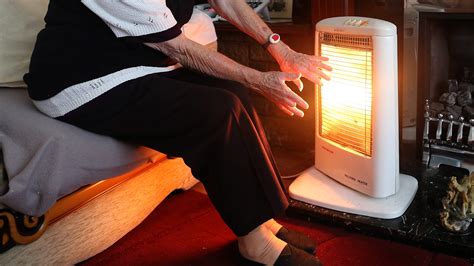
Conclusion
Prehab is an investment in your long-term lifting success and overall physical well-being. By dedicating a small portion of your training time to strengthening vulnerable areas and correcting imbalances, you not only drastically reduce your risk of injury but also lay the groundwork for enhanced performance, allowing you to train harder, more consistently, and achieve your peak potential. Make prehab a non-negotiable part of your fitness journey and experience the difference it makes.

